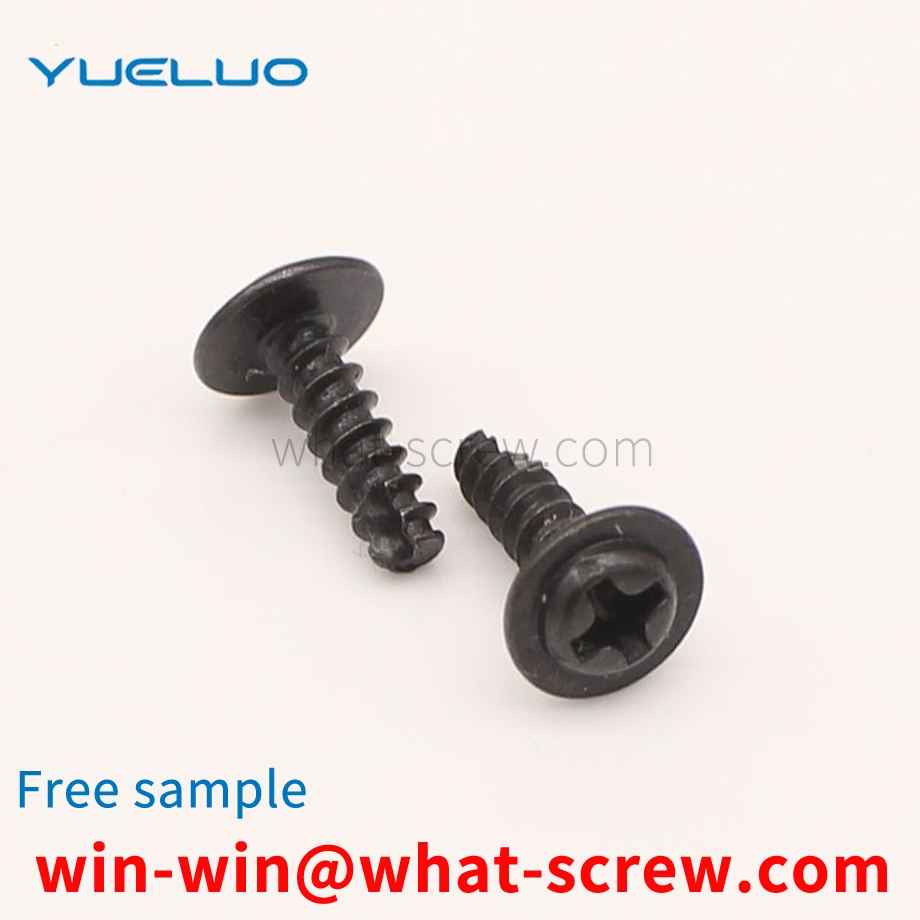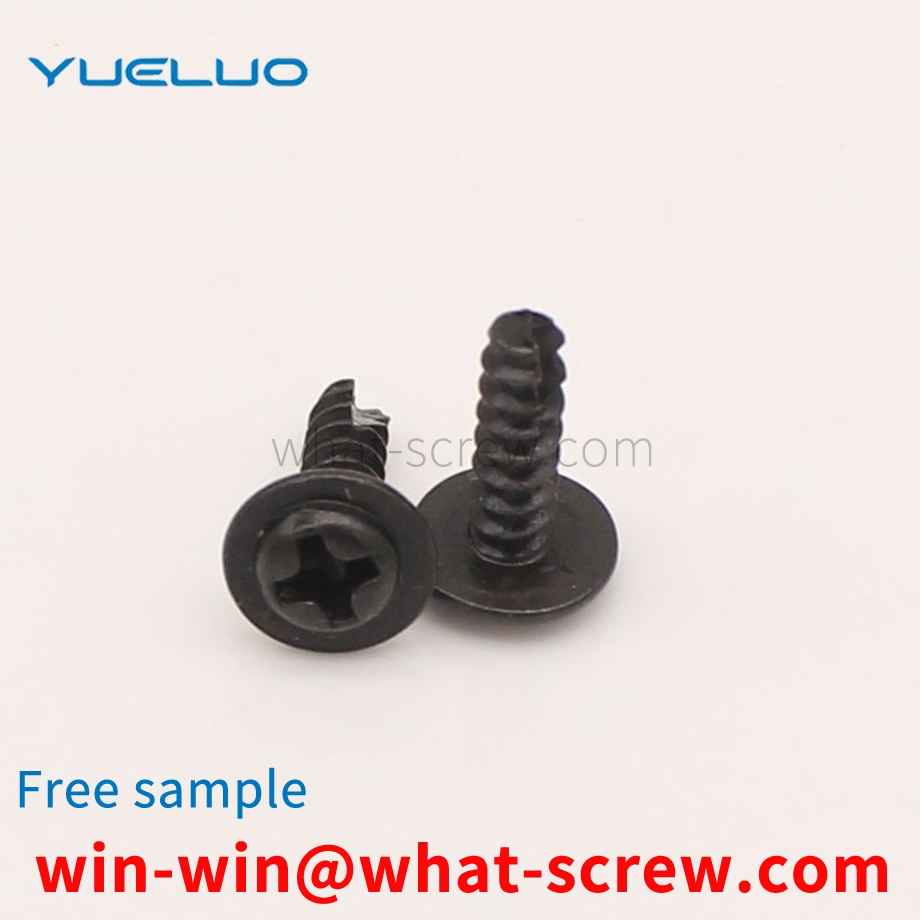Most of the electroplating used for rivet nuts on the market is environmental protection blue zinc, because the salt spray test time of environmental protection blue zinc can reach 72 hours, that is, three days. This kind of electroplating has a longer salt spray resistance time. In fact, for example, for electroplating white nickel, the salt spray time of white nickel is relatively short, and it usually rusts in a few hours, which is less than 10 hours. However, some can be oiled for electroplating white nickel, and the salt spray time of the rivet nut after oiling can be longer. S series rivet nuts are made of free-cutting iron, which is treated after heat treatment. CLS series rivet nuts are made of easy-to-cut stainless steel. The hardness of low-carbon steel plates without surface treatment must be less than 70RB, and the hardness of stainless steel plates must be less than 80RB.
Guangdong Yueluo Hardware Industry Co., Ltd. discloses a telescopic screw. The main point of its technical solution is that it includes an upper screw rod, one end of the upper screw rod is provided with a screw head, and the other side of the upper screw rod opposite to the screw head is provided with a lower screw rod, and the lower screw rod is provided on the other side. A fixing rod is provided, a limiting hole is set on the fixing rod, a sliding rod is set on the upper screw rod, a limiting block matching the limiting hole is set on the sliding rod, and a cover plate is slidably sleeved on the sliding rod. An inner thread is arranged on the plate, a thread matching the inner thread is arranged on the fixing rod, an elastic member is sleeved on the fixing rod, and both ends of the elastic member are respectively in conflict with the upper screw rod and the lower screw rod. Guangdong Yueluo Hardware Industry Co., Ltd. telescopic screw is provided with a telescopic mechanism between the upper screw and the lower screw. Therefore, the screw can be suitable for threaded installation holes with the same diameter and different lengths, avoiding the screw being limited by the length of the threaded hole and unable to be installed.
Standard parts are commonly used parts, which are widely used in various mechanical structures. Among them, the T-track bolt is a common standard part. The existing T-shaped track bolts, especially those used in high-speed railways, are often installed in pre-buried tracks, and the T-shaped track bolts are not easy to install, which may easily cause positional deviation.
The flange nut and the general hexagon nut are basically the same in size and thread specification, but compared with the hexagon nut, the gasket and the nut are integrated, and there are anti-skid tooth patterns on the bottom, which increases the nut and the workpiece. Compared with the combination of ordinary nut and washer, it is stronger and has greater tensile force. In some equipment with large vibration amplitude, due to the action of huge vibration force, the flange nut is prone to loosening, which often occurs. If the flange nut falls off the equipment or even damages, the staff also needs to install the flange nut repeatedly, which increases the labor intensity and brings great inconvenience to the use. Now a split type tightening nut is proposed.
(1) The screw-in performance test is to screw the self-tapping locking screw sample into the test plate until one complete thread completely passes the test without breaking. (2) The destructive torque test is to clamp the stem of the self-tapping locking screw specimen in a thread mold or other device that matches the screw thread, and uses a calibrated torque-measuring device to measure the screw. Torque is applied until fracture, which should not occur in the clamped threaded portion. (3) Carry out a tensile test on the screw sample to check the minimum tensile load for failure. The fracture should be within the length of the rod or the unthreaded thread, and should not occur at the junction of the nail head and the rod. Before the sample breaks, it should be It can reach the minimum tensile load specified by the corresponding performance class. (4) Hydrogen embrittlement is a problem that must be strictly paid attention to in the surface treatment process of self-tapping locking screws. In the pickling process, the screw is stirred in dilute hydrochloric acid, and the amount of hydrogen absorbed by the pickling steel increases linearly with the square root of time and reaches the saturation value. Less than 100%, a large number of hydrogen atoms will be produced, which will be attached to the surface of the screw, resulting in hydrogen infiltration, and the steel will become brittle due to the absorption of hydrogen. The self-tapping locking screw takes 6~8h to drive hydrogen, and the temperature is 160~200℃ (phosphating) and 200~240℃ (electroplating). However, in the production process, the hydrogen drive time should be determined according to many production conditions such as core hardness, surface roughness, electroplating time, coating thickness, pickling time, and acid concentration. It is best to do it before passivation and just after electroplating.
We have many years of experience in the production and sales of screws, nuts, flat washers, etc. The main products are: cup head machine screws, flat head hand nuts, self-locking non-slip anti-falling nuts, extension screws and other products, we can provide you with suitable products for you. Fastener Solutions.



















 Service Hotline
Service Hotline




